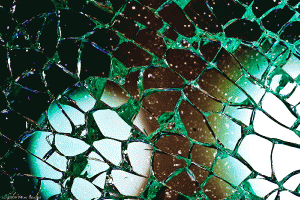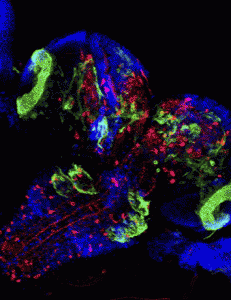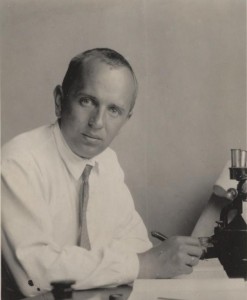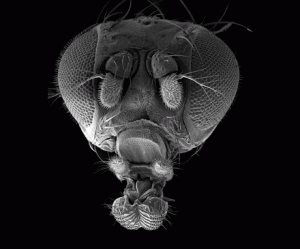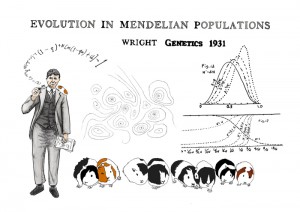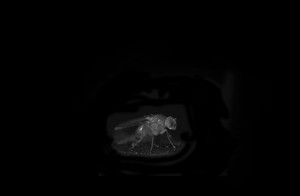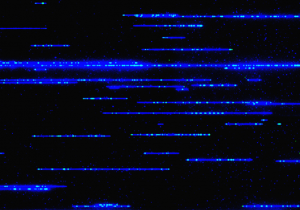Enter your address to receive notifications about new posts to your email.
Science & Publishing
-
Science & Publishing
How to write titles that tempt
You slave over writing your paper, trying to make sure that the introduction sets up a compelling story, that the results provide clear and convincing evidence for your conclusions, and that your discussion of what it all means makes sense. You and your co-authors edit relentlessly, passing the manuscript back and forth, improving it with…
-
Science & Publishing
Shattered and Shifted: Complex genomic rearrangement in C. elegans
Chromosomes can shatter. In a single, catastrophic rearrangement event, tens to hundreds of breakpoints are repaired imperfectly and result in a shuffling of genetic material. One such event affects insulin signaling and dauer formation in C. elegans, as reported in this month’s G3. Chromosome shattering, or chromothripsis, is a recently described phenomenon found in some…
-
Science & Publishing
Rapture sequencing: fast, low-cost, large-scale genotyping
A fisherman trying to catch rainbow trout (Oncorhynchus mykiss) needs the right tools: proper flies, a strong rod, and a little bit of know-how. A scientist trying to understand the genetic population structure of rainbow trout in the Fall River watershed of northern California also relies on a trusty toolkit – albeit a very different…
-
Science & Publishing
February GENETICS highlights
Check out the the February issue of GENETICS by looking at the highlights or the full table of contents! ISSUE HIGHLIGHTS This Month’s Centennial Articles Salvador Luria and Max Delbruck on random mutation and fluctuation tests, pp. 367—368 Andrew Murray Associate Editor Andrew W. Murray introduces Luria and Delbruck’s 1943 GENETICS Classic Mutations of bacteria from…
-
Science & Publishing
What doesn’t kill you makes your offspring stronger
When a C. elegans nematode starves early in its life cycle, its offspring are more resistant to starvation in the next generation; however, this life-saving inheritance comes at a fitness cost for the worm itself, reveals research published in GENETICS. Jobson et al. investigate the idea that lean experiences during early development cause organisms to…
-
Science & Publishing
Dobzhansky: Bug collecting and the Modern Synthesis
In 1917, amidst the turmoil of the Russian Revolution, a bug-obsessed teenager in Kiev discovered a new species of ladybird beetle in the debris washed up on the banks of the flooding Dnieper River. The following year, he described the species in his first scientific publication. That 18-year old ladybug spotter —Theodosius Dobzhansky— would go…
-
Science & Publishing
New in G3: Dark flies, wavy flies, and stressed yeast
Check out the February issue of G3! Investigations Comparative Phylogenomics of Pathogenic and Nonpathogenic Species Emily Whiston and John W. Taylor G3 February 2016 6:235-244; Early Online November 27, 2015, doi:10.1534/g3.115.022806 Abstract | Full Text | Full Text (PDF) | Supporting Information An RNAi-Based Candidate Screen for Modifiers of the CHD1 Chromatin Remodeler and Assembly Factor…
-
Science & Publishing
Sewall Wright: Evolving Mendel
In 1931, Sewall Wright—a quiet American geneticist specializing in livestock and guinea pigs—published a GENETICS paper that changed how we study evolution. Wright’s “Evolution in Mendelian populations” was one of the founding documents of population genetics and was among the first formal frameworks to reconcile Mendel’s laws of inheritance with Darwin’s vision of natural selection.…
-
Science & Publishing
The evolution of Dark-fly
On November 11, 1954, Syuiti Mori turned out the lights on a small group of fruit flies. More than sixty years later, the descendents of those flies have adapted to life without light. These flies—a variety now known as “Dark-fly”—outcompete their light-loving cousins when they live together in constant darkness, according to research reported in…
-
Science & Publishing
Science writing internship at Genes to Genomes
Intern with Genes to Genomes! The Genetics Society of America journals, GENETICS and G3: Genes|Genomes|Genetics, seek an intern with a talent for storytelling and a strong background in genetics or a related scientific field. The intern will work closely with editorial staff to write posts for the Genes to Genomes blog and contribute to other writing,…
-
Science & Publishing
Mapping structural variants with nanochannel arrays
Short-read sequencing has fueled the acceleration of genetic research But though these next-generation methods are fast and efficient, they can’t do everything well. One important area in which short-reads fall short is detecting structural variants (SV), where chunks of the genome are deleted, inserted, repeated, inverted, or in some other way shuffled around compared to…



